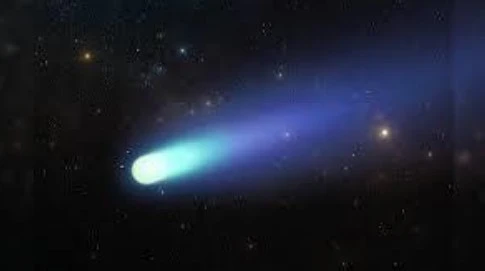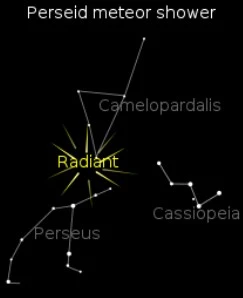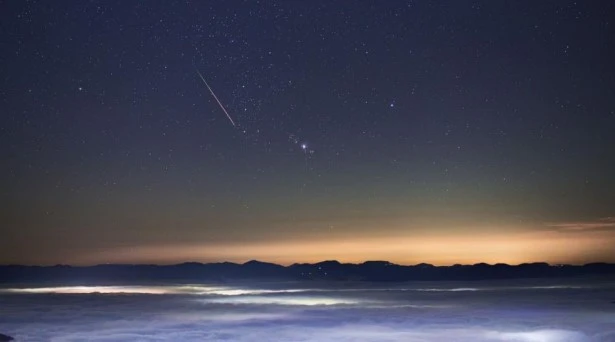How amazing is it to look at streaks of light in the night sky? Breathtaking isn’t it? The meteor shower pours down in the night sky during certain times of the year. But is it light that is falling? what are these streaks of light exactly? Let’s find out.

What is a comet?
Comets are large objects made of dust and ice that orbit the sun. The path of the comets looks like ovals. when a comet gets close to the Sun, it starts heating up. Eventually, the ice begins to turn to gas. This can also cause jets of gas to burst out of the comet, bringing dust with it. The gas and dust create a huge, fuzzy cloud around the nucleus called the coma.


As a result of this, the comets leave behind dust and small particles(debris) along their path. Thanks to that we can see meteor showers on Earth.
What is a meteor shower?
When the Earth comes in contact with the leftover comet debris as it makes its way around the sun, the Earth’s atmosphere causes the debris to disintegrate and create streaks of light. Some of these particles start burning because of the heat due to drag and the high velocity with which they fall. These burning particles are also a part of this beautiful shower. In a meteor shower, tens and hundreds of these particles shoot across the sky. Many of these meteor showers can be predicted and occur at the same time each year.
Perseid meteor shower
The Perseid meteor shower is associated with the comet Swift – Tuttle(last passed close to Earth in 1992). The cloud consists of particles(bits of rocks and ice) ejected by the comet as it travels on its 133-year orbit. The shower is visible each year from mid-July to late August. It is named Perseid because they appear from the general direction of the constellation Perseus which in turn is named after Perseus the Greek hero who slayed Medusa.

Perseid shower 2023
- When: July 14 to August 24
- Peak: Aug. 12- 13 (around midnight)
- Location: Northern hemisphere

Perseid shower 2024
- When: July 14 to August 24
- Peak: Aug. 12- 13 (around midnight)
- Location: Northern hemisphere
References
- https://spaceplace.nasa.gov/comets/en/
- wikipedia
- https://www.space.com/
